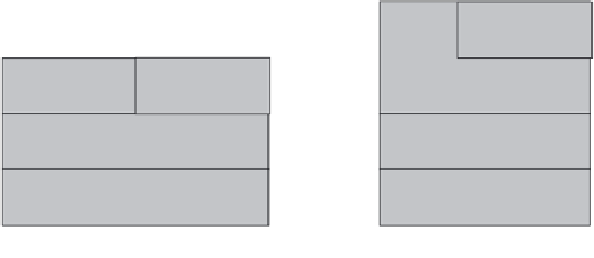Java Reference
In-Depth Information
the time and money in a data warehouse. C-level
1
executives want
to get more return on their investment.
So, how does the data mining process fit into enterprise software
architectures?
3.5.1
Architectures
Data mining tools provide a wide range of options for integrating
with enterprise software architectures and processes. First, we take a
look at data mining tools themselves and then how they interact with
data sources.
As illustrated in Figure 3-10, we can view data mining tools as
consisting of four parts: a graphical user interface (GUI) for
interactive data mining, an application programming interface (API)
for building applications, a data mining engine (DME) where the
core processing or data mining algorithm execution occurs, and a
mining object repository (MOR) where persistent mining objects are
stored. Some tools may provide multiple APIs based on different
programming languages (e.g., Java, SQL, C#, C) or may involve Web
services.
2
Some may build their GUIs directly accessing the data
mining engine, as shown in Figure 3-10(a); others have the GUI using
the public API, as shown in Figure 3-10(b). Ideally, a tool should
Desktop GUI
Desktop GUI
API
API
Data Mining Engine
Data Mining Engine
Mining Object Repository
Mining Object Repository
(a)
(b)
Figure 3-10
Data mining tool architectures.
1
“C-level” refers to executive management (e.g., Chief Executive Officer, Chief
Information Officier).
2
A detailed discussion of JDM web services and architectural implications is
provided in Chapter 11.


Search WWH ::

Custom Search